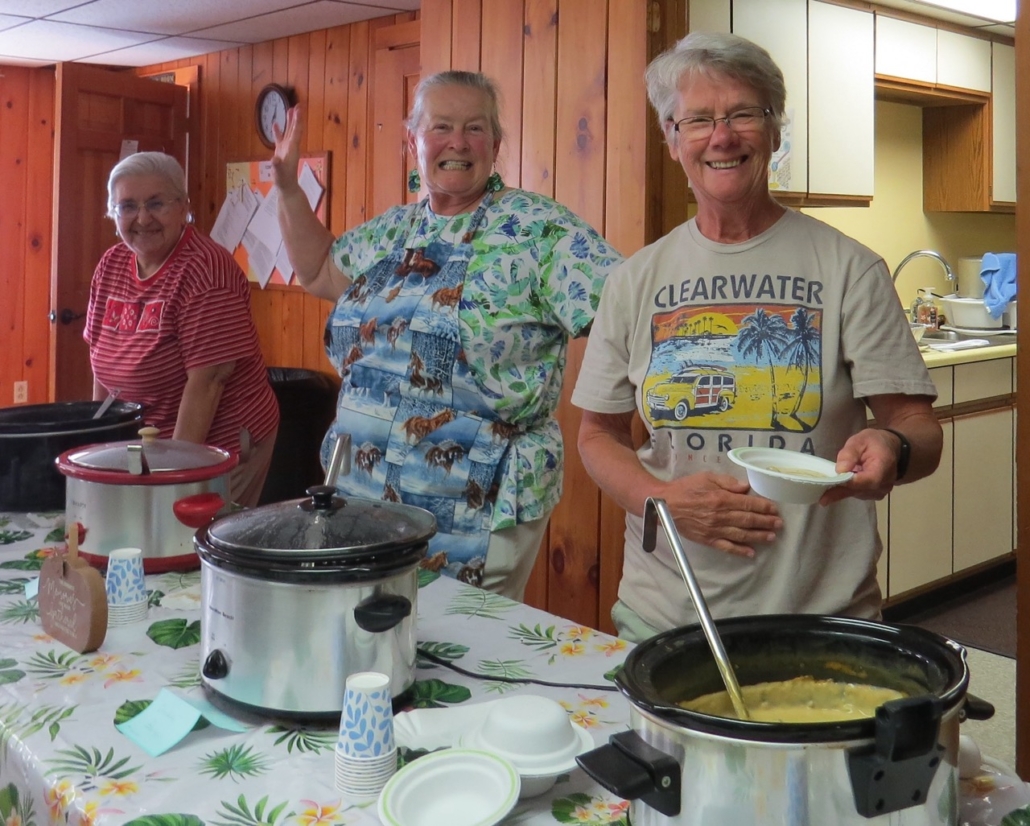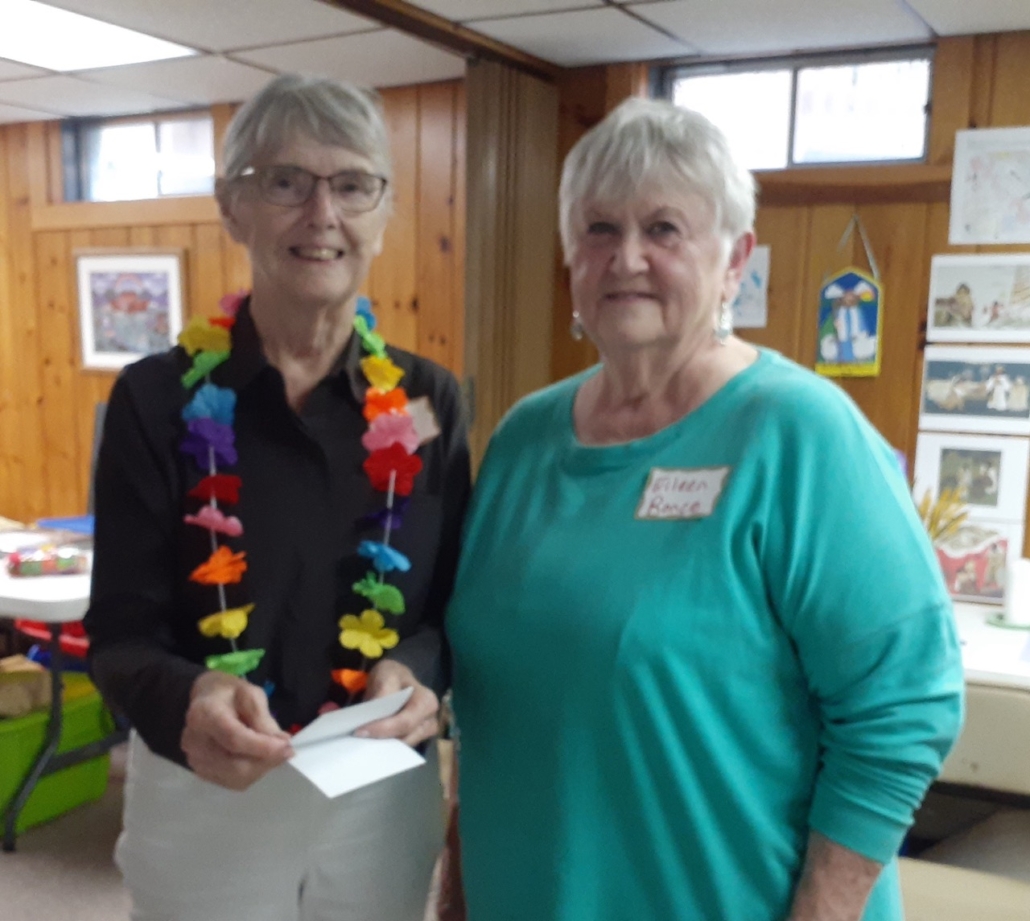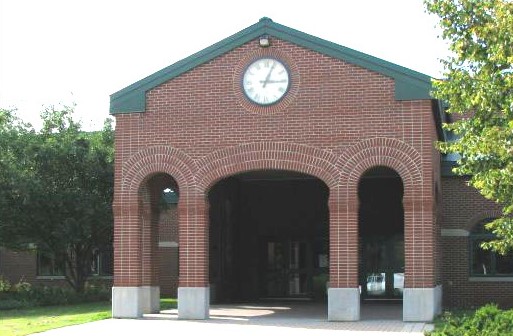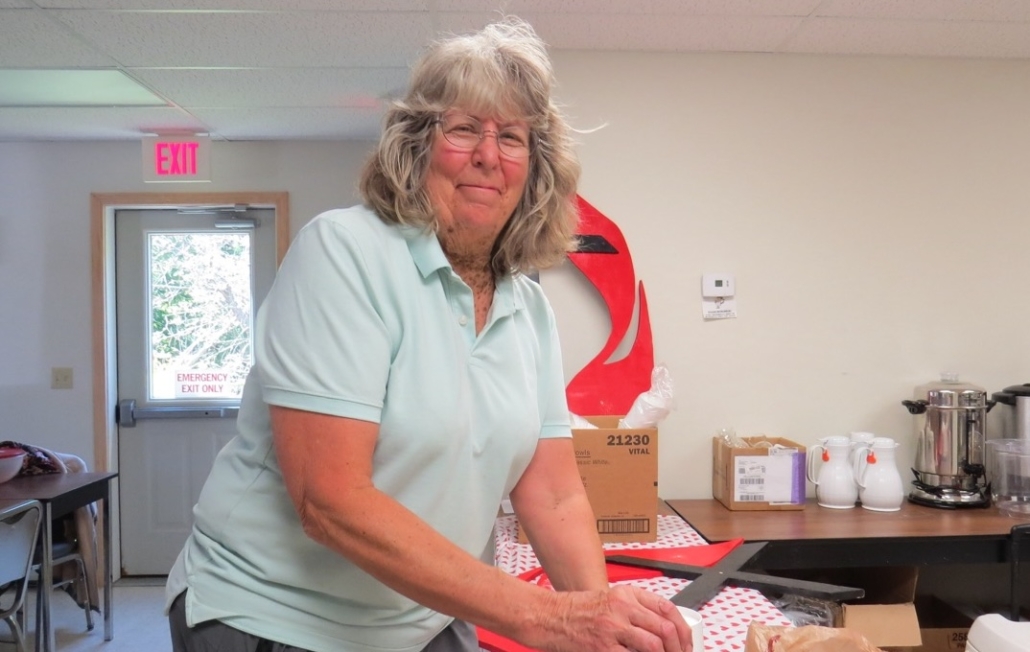Vassalboro planners OK ReVision Energy plan for community solar farm
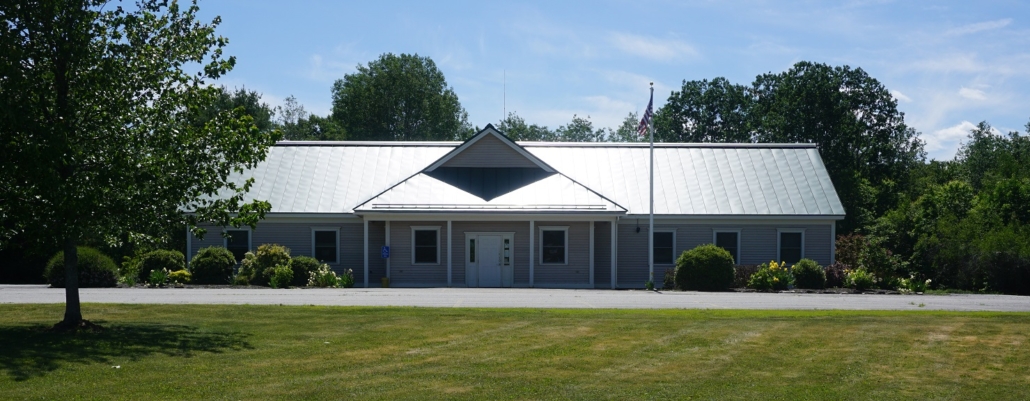
by Mary Grow
The four Vassalboro Planning Board members at the Oct. 1 meeting unanimously approved ReVision Energy’s plan for a community solar farm on Eileen Flanagan’s property, at 1026 Webber Pond Road.
As first presented in November 2023, the plan required a waiver from boundary setback requirements. A revised plan, submitted at the planning board’s February 2024 meeting, relocated the solar panels so no waiver was needed.
At the Sept. 3 meeting, ReVision spokesman Annalise Kukor said a final plan should be ready for Oct. 1. By then, she said, ownership might have changed; and it did.
The applicant is now Community Solar of New England, LLC (CSNE). This organization, Kukor said, is staffed and run by ReVision Energy employees; its eight community solar farms include one on Main Street, in Vassalboro.
Planning board members found that the application met all requirements in Vassalboro ordinances, including the recently-added amendments tailored specifically to solar farms.
The project still needs four out-of-town approvals, Kukor said:
— A new Maine Department of Transportation highway entrance permit, because although the solar farm will use an existing driveway onto the property, the purpose has changed.
— From the state Department of Environmental Protection, a stormwater permit and a decommissioning permit.
— From Bangor Savings Bank, confirmation of a letter of credit to cover decommissioning costs.
Board members made their unanimous approval of the community solar farm conditional on receipt of these four documents, plus a copy of the lease that allows CSNE to use the land.
Kukor expects construction to begin in the spring of 2025.
The decommissioning plan was the only requirement discussed at length by planning board members. Several thought the estimated cost, $33,714, low.
Dan Bradstreet wanted assurance that “removal” of components once their useful life ended included taking them off the property, as the ordinance requires. Others discussed recycling possibilities. Kukor said she would find the answer to Bradstreet’s question.
Town Manager and acting Codes Enforcement Officer Aaron Miller reminded board members that the letter of credit was only a back-up to fund decommissioning, in case CSNE and ReVision were out of business or otherwise unable to cover the costs.
The town ordinance says the financial guarantee is to be 125 percent of the estimated decommissioning cost. It is to be updated after seven years and every five years thereafter.


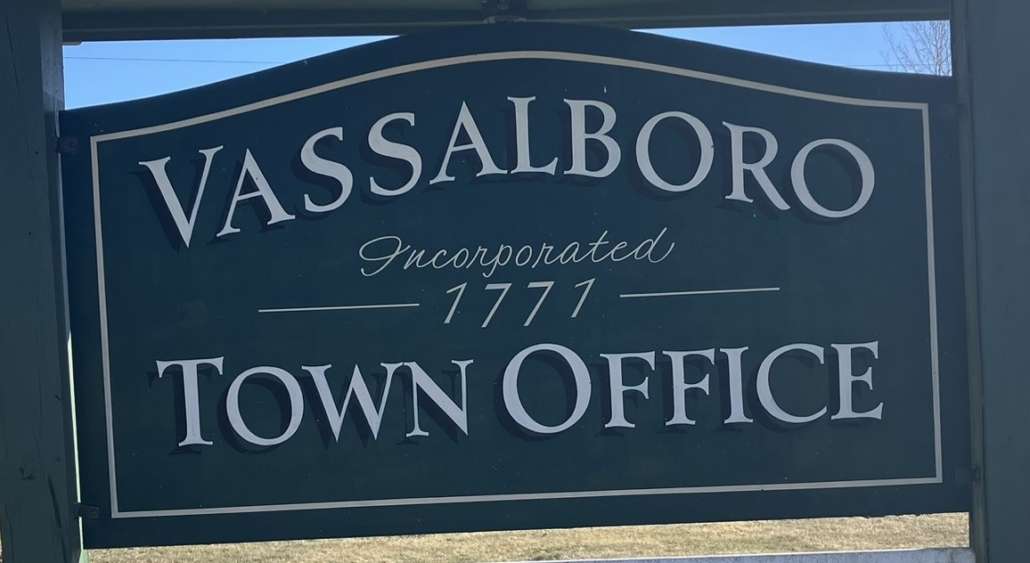
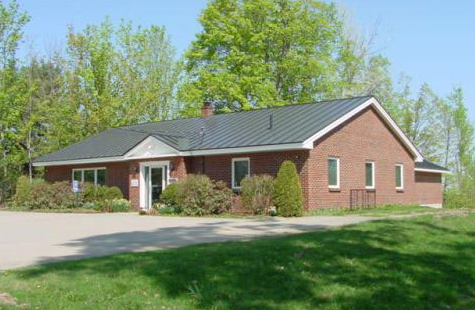
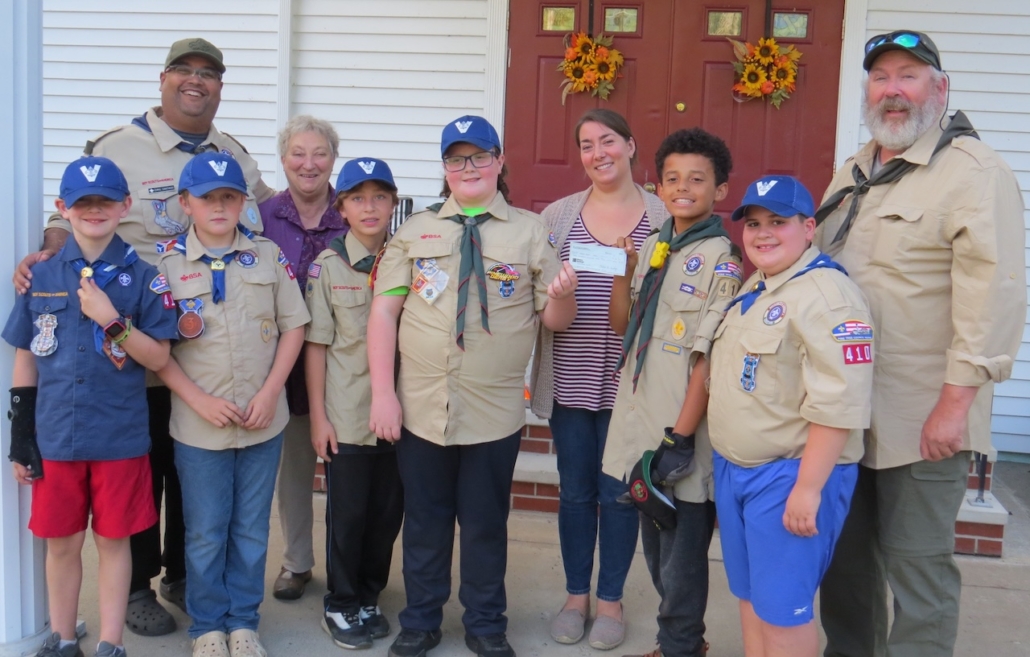
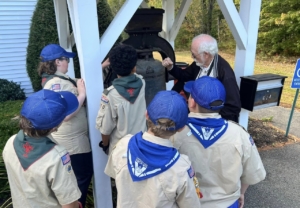
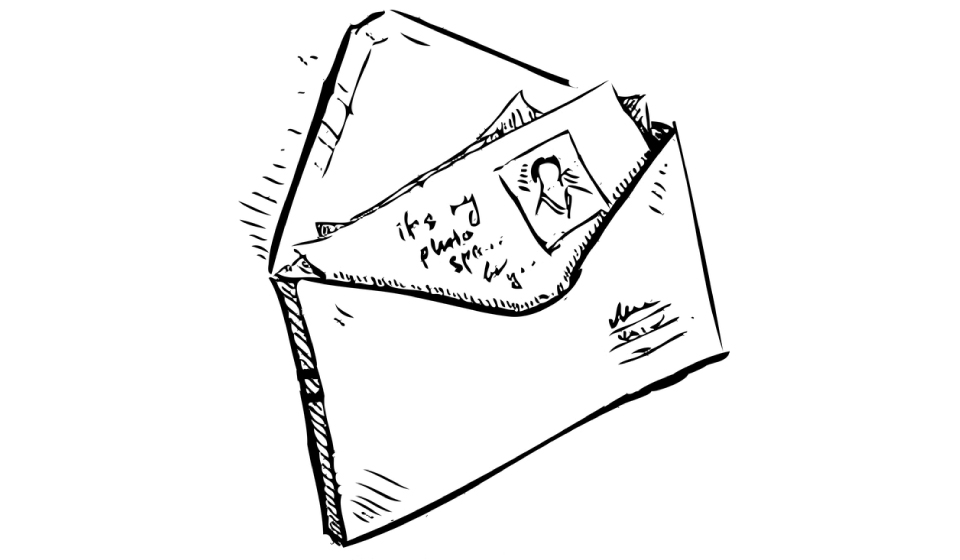 To the editor:
To the editor: